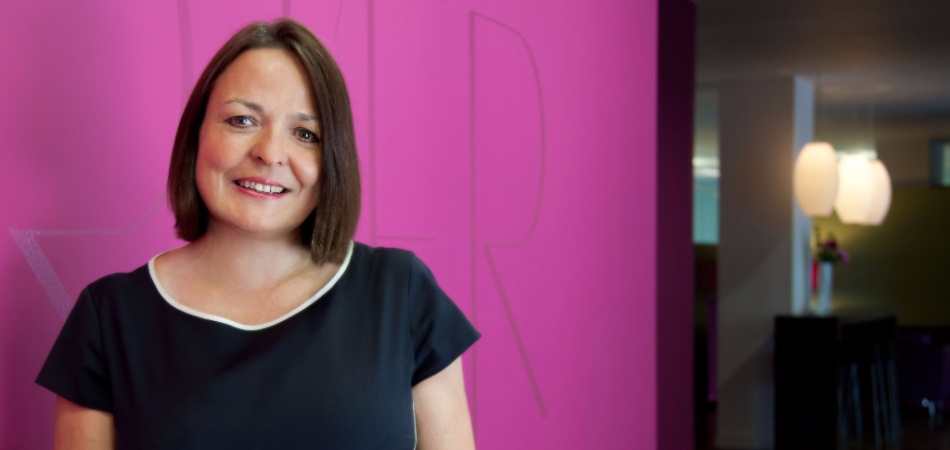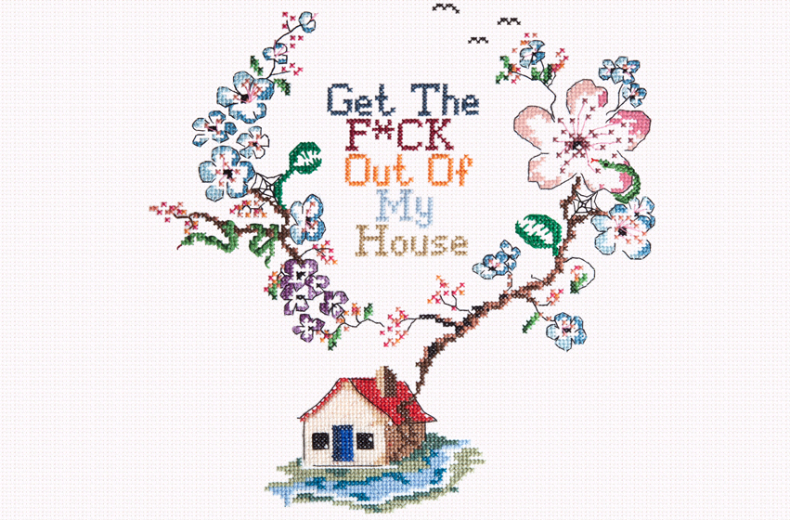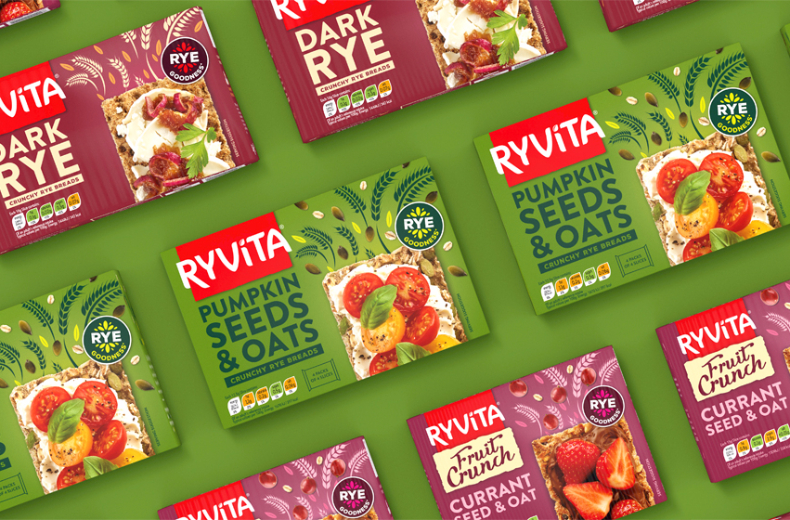
Dreamies investigation proves that the treats are irresistible to cats
The campaign by Adam&EveDDB concludes that the only cats who don’t love the pet treat are human Cats
CEO, Coley Porter Bell


Career to date:
1995, CEO, Coley Porter Bell
Vicky Bullen: Most importantly to set the vision for the agency, working with my team to understand where we want to get to and how we are going to get there, and then bringing the agency on board with that, as it takes us all to make it happen. I also spend a lot of time focussed on growth, of our reputation and fame, of our offer, of our people and our clients.
Vicky Bullen: I’m a bit unusual because I have been at the same agency for 22 years and it’s not ‘my’ agency; I didn’t found it, though it does feel like ‘my’ baby. I started at Coley Porter Bell as an Account Director and I have grown up through the agency, taking various roles along the way from Group Account Director to Board Account Director to Head of Client Service to Managing Partner and becoming CEO 11 years ago. I actually started out working life in a marketing role for a print business. Little did I know how well that knowledge of print and repro would serve me throughout my career. I had a couple of stints at smaller branding agencies before joining CPB. I also sit on the board of Ogilvy, our parent company, and as such am involved in how we operate as a group and how we can deliver seamlessly integrated brand and communications solutions to our clients.
“We pioneered bringing planning into design, and we have led the way in applying learnings from neuroscience to create more powerful brands."
Vicky Bullen: I joined Coley Porter Bell because it had great clients and a great reputation. It was also known for being a leader. We were the first branding agency that WPP bought and we were the first agency to talk brand in the world of corporate, winning the British Gas identity despite the fact much of our work to date was packaging. We pioneered bringing planning into design, and we have led the way in applying learnings from neuroscience to create more powerful brands.
That understanding of neuroscience, and our ability to apply that to the work that we do to deliver real world success is what makes us different as an agency. That and the unique, eclectic, talented bunch of individuals who work here.
Vicky Bullen: So much great stuff. From the identity for FremantleMedia’s new show launched in Holland and now in Australia, Get the F*ck out of my House (yes really), to great work on Muller, Ryvita and Jordans, the rebrand of Lonza, an incredible Swiss pharmaceutical business, to a far reaching strategic design project with Tesco. As ever, our work has crossed multiple categories and multiple geographies.

Vicky Bullen: In the world of branding, I loved the Partners work for the LSO and Sir Simon Rattle. It was a genius but simple idea and worked beautifully as a moving and a static identity. In packaging, Taxi Studios limited edition work for Carlsberg was something I noticed, picking up on lovely clean Danish design cues and unmistakeably Carlsberg. I’m not a football fan but our Creative Director waxes lyrical about the new Juventas branding by Interbrand Milan and I can see why. It’s bold, intelligent and I wish we had done it. Outside of branding, I love the Imagine the Possibilities work that BBDO created for Barbie. It made me see the brand in a whole new light, though I was always a Sindy girl myself. And I love the Don Draper, Mad Men Ads that David Miami ‘created’ for Heinz Ketchup. It’s great when the client gets even more bang for their bucks through the story behind the making of the ad.
Vicky Bullen: I love the ripples that McCann New York’s Fearless Girl created. What a powerful message was sent by locating that statue in Wall Street opposite the bull.
“As the world of brands becomes more and more complex, brand identity will become more fluid. Guidelines will no longer be rigid rule books, rather they will be a set of principles to inspire the creation of a brands world."
Vicky Bullen: We will see more and more collaboration and integration across agencies as clients demand teams of experts all working to deliver one brand with a clear idea at its heart.
Brands will increasingly need to interact with their consumers in real time and agencies will have to facilitate this.
As the world of brands becomes more and more complex, brand identity will become more fluid. Guidelines will no longer be rigid rule books, rather they will be a set of principles to inspire the creation of a brands world. And brands will equally share those principles with consumers who will demand more and more ‘control’ and who will play an increasingly influential role in communicating the brands they love. Brands in turn will want to give them the tools they need to make sure that is done in the right way.
Vicky Bullen: I’d like to build on the great work we have done over the past couple of years attracting top talent to the agency with people like James Ramsden, our ECD and Steve Irvine, our CD. We have grown by 50% over the past two years and will look to continue to grow. This will need us to bring in more great talent.
We are looking to expand internationally, so watch this space as we will have offices elsewhere.
I’d like to think that in five years time the packaging brief will be a thing of the past, replaced by brand world briefs. Brand identities are ever more complex and packs should not be created in isolation.

Vicky Bullen: Pitches are high risk for agencies. The trick is to identify who your ideal clients are, to create a dialogue and relationship with them in order to have a pipeline of the right opportunities. Agencies must ruthlessly qualify which opportunities to pitch for and must be discerning about which pitches they participate in. Don’t be afraid of walking away. Once the right opportunity is there, pitch like pigs (long story – ask our friends at JFDI, but I’m sure you get what I mean) and convert. By doing it this way, we have achieved a one in two conversion rate this year.
Vicky Bullen: So many things and so many people. From the Modigliani exhibition at the Tate through to our Many Ogilvy Hands project in Nepal helping to rebuild infrastructure, and giving young women skills to have a sustainable livelihood. But most of all I am inspired by being in nature, preferably up a mountain, with beautiful views and my family by my side.
How can brands give customers the tools to express their own identity? What are your thoughts on this? Have you seen brands doing that? Or do you think they shouldn’t?
Personalisation has to be the big thing here and has to be the next big branding movement. From ‘brands’ like MIA allowing every customer to design and print their own t-shirt, to Nike enabling us to design our own shoes and adidas allowing us to print our own jumpers. Brands that enable customers to put their own stamp on their product will succeed.
We saw this start in luxury with brands like Le Labo allowing customers to create their own personal scent, but as ever the movement goes from ‘class to mass’ in the words of Pamela Danziger, and personalisation is now part of the mainstream, enabled by digital printing and other technologies.
For example, we have seen recent launches from mainstream brands like Apple with the new face id technology for the iPhone X where we are seeing the convergence of technology and personalisation, as users can express their moods through personalised emojis. Where might that go and what might that mean for brands?
I’m also fascinated by those brands that have played with the idea of understanding us as people, recognising us and our identity and serving up products that suit. So things like Uniqlo’s mood reader which choses the perfect tshirt to suit your mood. And perhaps not quite so successfully, the screens in KFC that ‘recognised’ the customers face and predicted their order. Trouble is, they kept on delivering drumsticks and fries for guys and porridge for girls!
Looks like you need to create a Creativebrief account to perform this action.
Create account Sign inLooks like you need to create a Creativebrief account to perform this action.
Create account Sign in